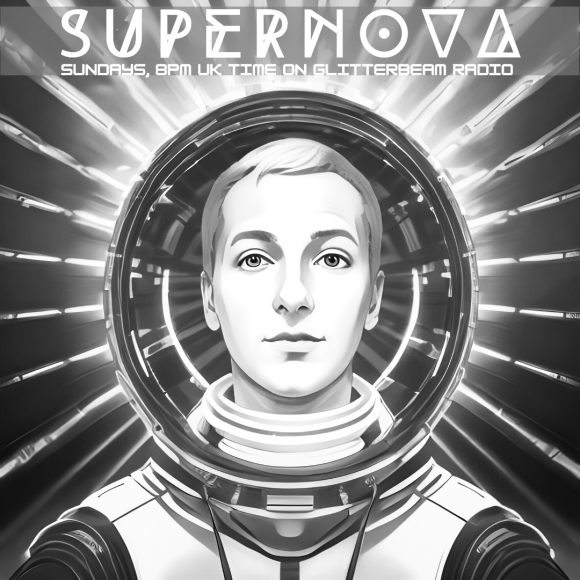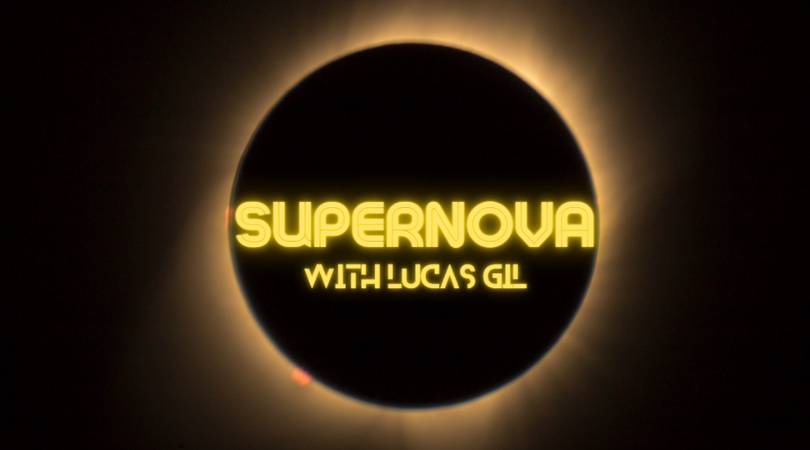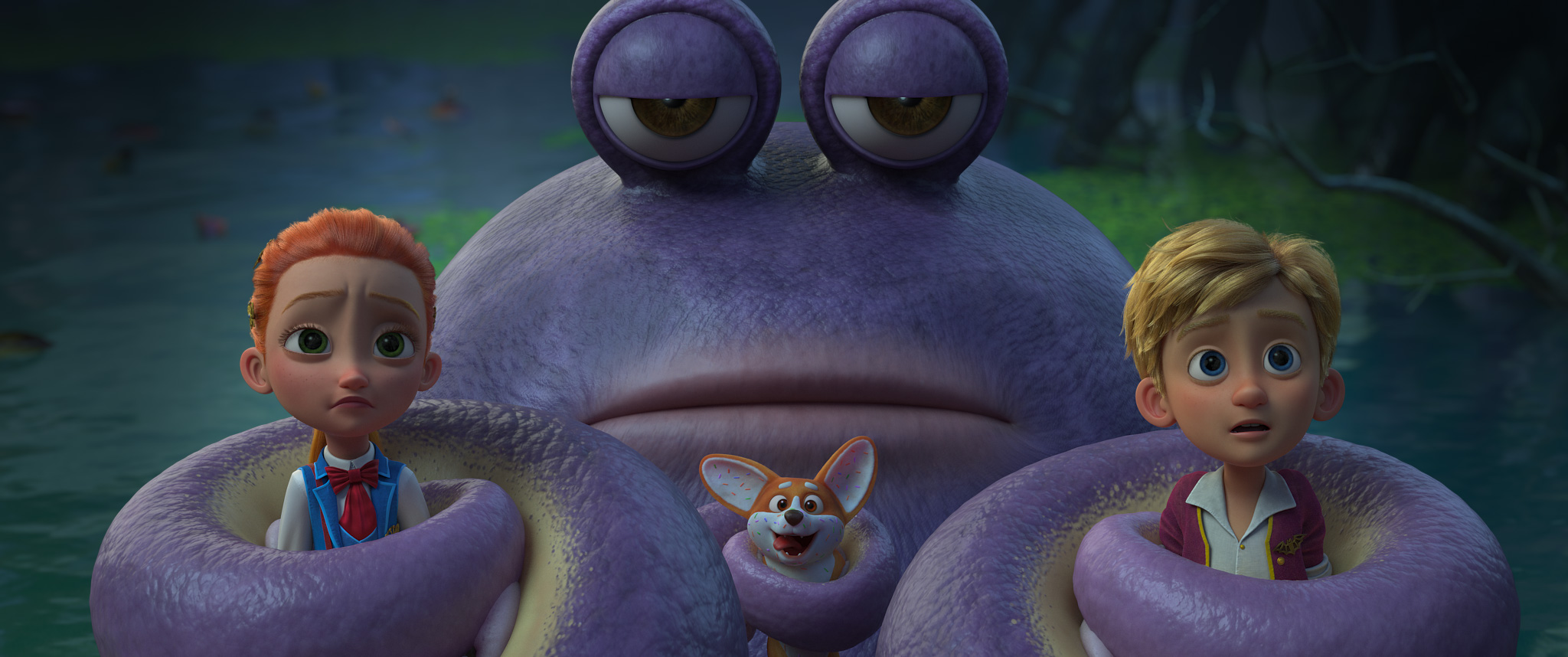-
 play_arrow
play_arrow
GlitterBeam Radio GlitterBeam Radio
-
 play_arrow
play_arrow
Supernova 118
-
 play_arrow
play_arrow
Supernova 117
-
 play_arrow
play_arrow
Sanremo Music Festival 2023
-
 play_arrow
play_arrow
Supernova 116
-
 play_arrow
play_arrow
Supernova 115
-
 play_arrow
play_arrow
Supernova 114
-
 play_arrow
play_arrow
Supernova 113
-
 play_arrow
play_arrow
Supernova 112
-
 play_arrow
play_arrow
Supernova 111
Quantum Darwinism, an Idea to Explain Objective Reality, Passes First Tests


Its not surprising that quantum physics has a reputation for being weird and counterintuitive. The world were living in sure doesnt feel quantum mechanical. And until the 20th century, everyone assumed that the classical laws of physics devised by Isaac Newton and others according to which objects have well-defined positions and properties at all times would work at every scale. But Max Planck, Albert Einstein, Niels Bohr and their contemporaries discovered that down among atoms and subatomic particles, this concreteness dissolves into a soup of possibilities. An atom typically cant be assigned a definite position, for example we can merely calculate the probability of finding it in various places. The vexing question then becomes: How do quantum probabilities coalesce into the sharp focus of the classical world?
Physicists sometimes talk about this changeover as the quantum-classical transition. But in fact theres no reason to think that the large and the small have fundamentally different rules, or that theres a sudden switch between them. Over the past several decades, researchers have achieved a greater understanding of how quantum mechanics inevitably becomes classical mechanics through an interaction between a particle or other microscopic system and its surrounding environment.
One of the most remarkable ideas in this theoretical framework is that the definite properties of objects that we associate with classical physics position and speed, say are selected from a menu of quantum possibilities in a process loosely analogous to natural selection in evolution: The properties that survive are in some sense the fittest. As in natural selection, the survivors are those that make the most copies of themselves. This means that many independent observers can make measurements of a quantum system and agree on the outcome a hallmark of classical behaviour
This idea, called quantum Darwinism (QD), explains a lot about why we experience the world the way we do rather than in the peculiar way it manifests at the scale of atoms and fundamental particles. Although aspects of the puzzle remain unresolved, QD helps heal the apparent rift between quantum and classical physics.
Only recently, however, has quantum Darwinism been put to the experimental test. Three research groups, working independently in Italy, China and Germany, have looked for the telltale signature of the natural selection process by which information about a quantum system gets repeatedly imprinted on various controlled environments. These tests are rudimentary, and experts say theres still much more to be done before we can feel sure that QD provides the right picture of how our concrete reality condenses from the multiple options that quantum mechanics offers. Yet so far, the theory checks out.

Via Quantamagazine
Written by: GlitterBeam
Similar posts
Chart
-
-
 play_arrow
play_arrow
Dance Alone Sia & Kylie Minogue
-
-

2
Miss Me Too
Griff
-
-
 play_arrow
play_arrow
Been Like This Meghan Trainor & T-Pain
-
-
Top popular
Featured post

Latest posts
Current show
Upcoming shows

Controversia Radio Show
12:00 am - 1:00 am

Music With Sparkle
1:00 am - 7:00 am

The Breakfast Bar
7:00 am - 10:00 am
Chart













Post comments (0)